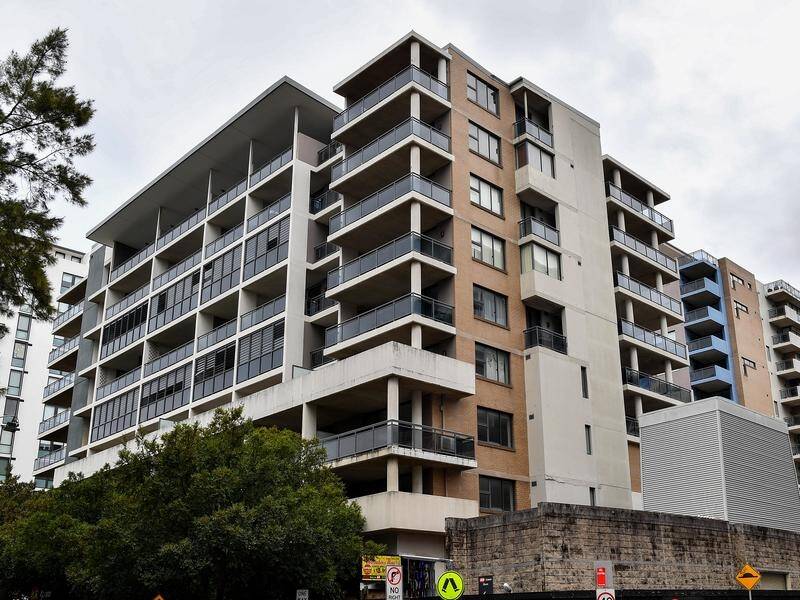The ‘Mascot Towers’ Case
Bugden Allen Graham Lawyers recently achieved a successful outcome in the Supreme Court case of The Owners – Strata Plan No 80877 v Lannock Capital 2 Pty Ltd [2023] NSWSC 1401. In legal circles, this is being referred to as the landmark ‘Mascot Towers’ case. It relates to a well-known building in Mascot, which was evacuated in 2019 as a result of cracking in structural beams. The decision has received media publicity, including in The Australian Financial Review and The Sydney Morning Herald. There are also swathes of media reports about the building generally.
In the Supreme Court proceedings, The Owners – Strata Plan No. 80877 (i.e., the owners corporation) applied for an order to terminate the strata scheme under s 136 of the Strata Schemes Development Act 2015. This would have permitted the owners corporation to be wound up and a liquidator appointed to sell the building to a developer, who could either do a knock-down rebuild or repair the building for resale.
The form of orders sought by the owners corporation would have also enabled the lot owners to be absolved of their obligation to make any further contributions towards the owners corporation’s debts (other than from the sale proceeds). In other words, the Court was asked to treat the owners corporation as a limited liability company being wound up in insolvency.
The owners corporation’s debts include money owed to our client, Lannock Capital 2 Pty Ltd (a specialist strata finance company founded in 2004). Lannock lent the money after the building was evacuated, for the predominant purpose of funding the defect rectification works.
Lannock resisted the application for, among others, the following reasons:
- The Court could not be satisfied that the lot owners were aware that, if a termination order were made, they would still be liable for the owners corporation’s debts. This is because there was a fundamental difference between the Court application, which the owners corporation was statutorily obliged to provide to the owners, and the orders that the owners corporation ultimately sought at trial.
- The Court could not be satisfied that the lot owners, when voting in favour of the decision to apply to the Supreme Court, were properly informed of the costs of rectification. The advice they received was that there was a projected cost of $45 million. However, Lannock put forward expert evidence on this point, which led to the owners corporation agreeing that the estimated rectification costs are about $20 million. Lannock also put forward expert evidence suggesting the buildings, if repaired, would be worth $122 million.
- A termination order by the Supreme Court to give effect to a collective sale would undermine the specific jurisdiction conferred on the Land & Environment Court to make orders giving effect to a collective sale. This jurisdiction only applies where 75% of the owners agree to a collective sale, whereas an application to the Supreme Court need only a simple majority.
There was limited precedent under the current legislation. However, there were a handful of decisions made under historical strata title legislation. This includes the decision of Young J in Denham Constructions v Strata Plan 17833 (1987) 11, in which His Honor cited Gary Bugden OAM in a textbook authored in 1979. Mr Bugden is one of the co-founders of Bugden Allen Graham Lawyers. Many of these earlier decisions were relied upon by Lannock in the proceedings.
Ultimately, the Court found in Lannock’s favour and refused to terminate the strata scheme.
The judgment can be accessed here.




